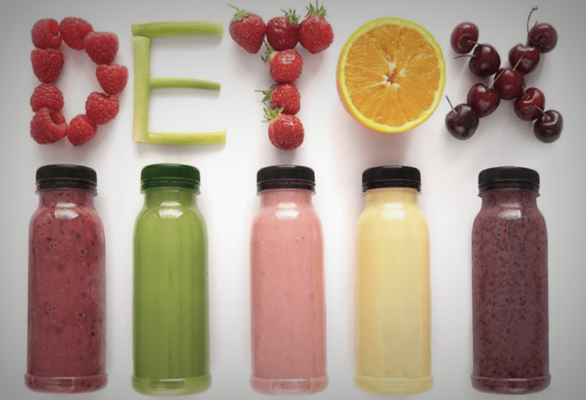BREAD, rice, pasta, noodles, couscous and oats are different types of wholegrain starch that should make up majority of calories in our diets.
To be precise, 33 per cent of our total calories should be coming from wholegrains, which works out at 660 calories from a 2,000-calorie diet as an example.
Wholegrains should be the major component of every meal, i.e. breakfast, lunch and dinner. Go for wholemeal, wholegrain and wholewheat bread, rice, pasta, noodles, couscous and oats. These will contain up to 75 per cent more nutritional value than the non-wholegrain version. They contain carbohydrate (glucose) that fuels our muscles and brains. They are also good sources of fibre which can reduce our bad cholesterol and help with healthy guts, as well as toilet transitions.
The wholegrains are also good sources of vitamins like B1, B2, B3, B6 and B9. These help with energy release, our immune systems, red blood cells and our DNA blueprint.
Even more, they are good sources of minerals like zinc, selenium, iron, copper, manganese, magnesium, phosphorus and potassium. These help our immune systems, thyroid gland, reduce tiredness, bones, teeth and movement.
It is important to note that other grains including quinoa, rye, barley and millet and should be included as well.
Lee McCusker (BA; MSc; MSc; MSc; ANutr; SENr) is a registered nutritionist from Belfast and can be found on Facebook, Instagram and Twitter. Email: attentivenutrition
@gmail.com








